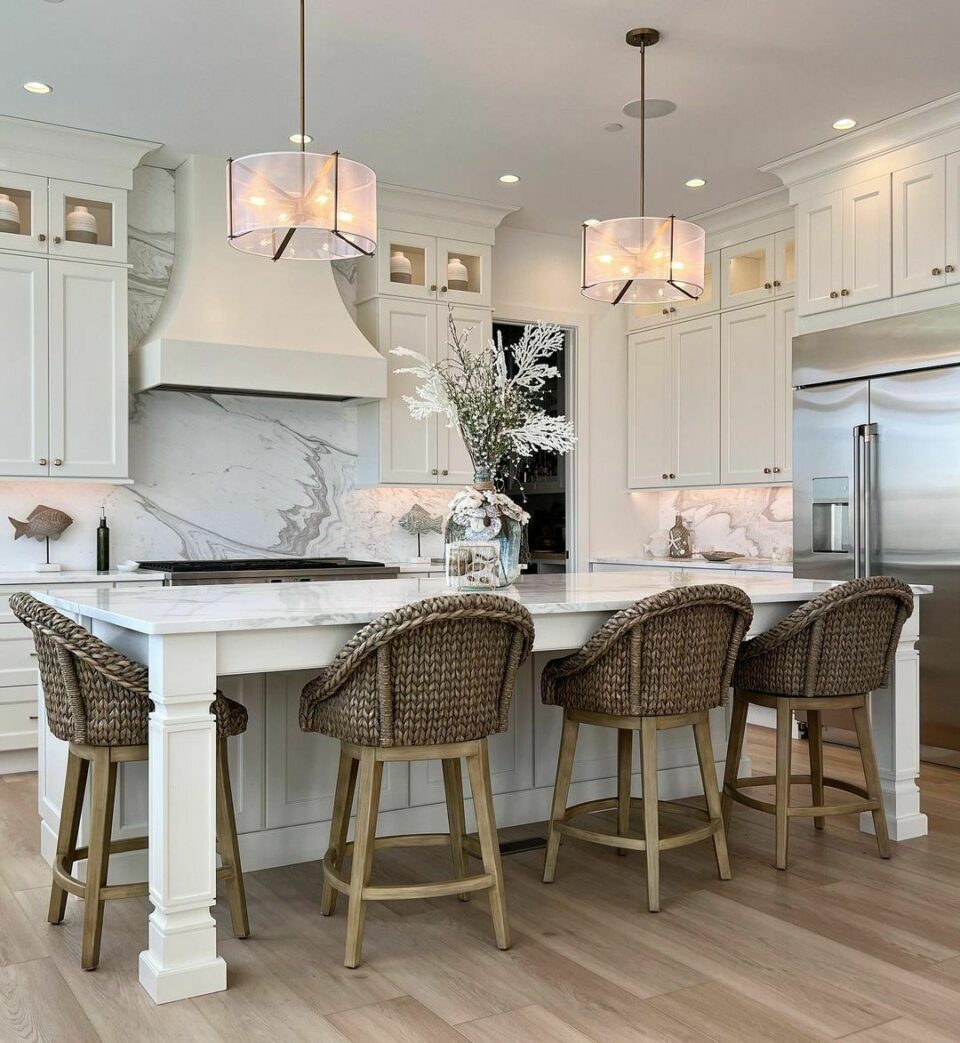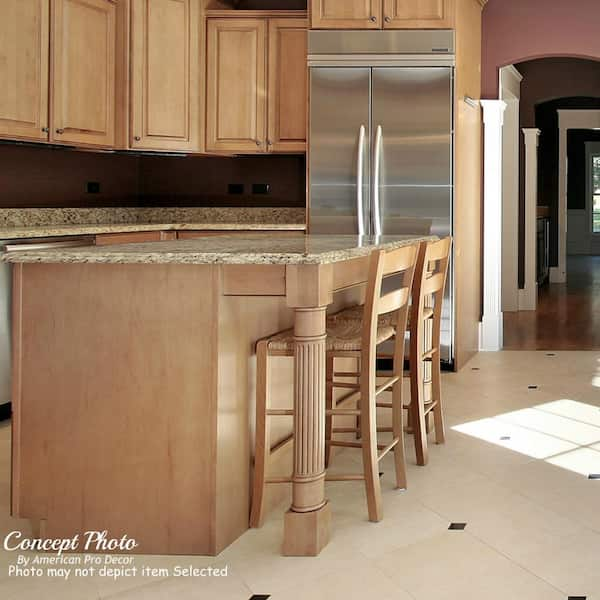A Guide to Choosing the Perfect Cooking Area Island for Your Home
Picking the ideal cooking area island is a multi-faceted choice that can significantly affect both the capability and visual appeals of your home. Comprehending your kitchen area's spatial characteristics is the first step, making certain that the island fits perfectly without interrupting the circulation. Beyond space factors to consider, determining the main purpose of the island-- be it for meal prep work, dining, or additional storage-- is vital. The selection of finishes and products likewise plays a necessary function in harmonizing the island with your cooking area's general layout. As we explore these aspects additionally, the subtleties of each choice will certainly become clear.
Assessing Your Room
Before choosing a kitchen area island, it is important to extensively evaluate your room to guarantee the addition will certainly be both practical and aesthetically pleasing. Begin by determining the available area, including the size, length, and height of the kitchen area. Accurate dimensions are critical to stay clear of acquiring an island that overwhelms the area or one that is overmuch little.
Consider the existing design and exactly how the island will incorporate with the current website traffic circulation. A well-placed island must not hamper or obstruct pathways access to essential home appliances, such as the stove, fridge, and sink. Leave ample clearance space-- usually around 36 to 48 inches on all sides-- to enable comfy motion and office efficiency.
Next, examine the natural light and sightlines within your kitchen area. An island that blocks a window or interrupts aesthetic cohesion can make the room feel dark and confined. Think of exactly how the island's placement will affect lighting and presence, ensuring it enhances as opposed to diminishes the kitchen area's ambiance.
Establishing the Purpose
Figuring out the objective of your kitchen area island is a vital action in guaranteeing it satisfies your specific requirements and preferences. Before diving right into style or size factors to consider, it is important to clarify what primary function the island will serve in your cooking area. Will it be a main hub for dish preparation, a laid-back eating location, or perhaps an added storage space solution?
In addition, enough counter area for mixing and chopping, along with obtainable storage for kitchen tools and components, can transform the island into an effective workstation. Alternatively, if the island is intended to offer or assist in social interactions as a dining location, seating plans end up being vital.

Choosing the Right Dimension
Picking the ideal size for your cooking area island is an equilibrium of performance and room optimization. An optimal kitchen area island ought to offer sufficient workspace while ensuring that movement around the kitchen remains unobstructed. Begin by measuring your kitchen area; a minimal clearance of 36 to 42 inches around the island is needed to permit for comfy motion and availability.
The measurements of the island need to show its designated use. If the island will serve mostly as a prep location, a width of 24 to 36 inches might be sufficient.

Finally, make sure that the island's size matches the overall cooking area design, preventing any kind of overwhelming presence that could take away from the kitchen area's aesthetic and energy - kitchen island legs. Mindful preparation and accurate measurements will help you accomplish a reliable and unified kitchen setting
Finding Products and Finishes
After determining the proper size for your kitchen area island, the next step entails picking suitable materials and surfaces. The option of materials significantly impacts both the visual charm and functionality of your kitchen area island. Popular materials for counter tops consist of quartz, butcher, and granite block, each offering unique benefits.
In addition to the kitchen counter, consider the products for the space station. Strong timber offers a classic, durable appearance, while stainless steel gives a smooth, contemporary look and is easy to tidy. Painted surfaces can present a dash of shade, with choices varying from soft pastels to bold, dynamic hues.
When choosing finishes, ensure they enhance the general kitchen design. Matte coatings use a modern feeling, while glossy finishes can create a polished, high-end appearance. Pay attention to the sturdiness of surfaces, especially in high-traffic locations, to keep the island's appearance over time. Selecting the right materials and finishes will enhance both the capability and visual appeal of your kitchen area island.
Incorporating Practical Functions
Including useful functions right into your kitchen island can substantially improve its energy and ease, transforming it right into a functional focal point of your kitchen area. One vital feature to consider is additional storage. Incorporating cupboards, drawers, and open shelving can offer much-needed space for pots and pans, utensils, and little appliances, assisting to preserve a clutter-free environment.
One more beneficial enhancement is a built-in sink or cooktop, which can enhance meal prep work and clean-up processes. A sink can facilitate tasks such as cleaning veggies and cleaning meals, while a cooktop can enable cooking straight on the island, cultivating navigate to this site a more interactive and social food preparation experience.
Think about integrating seating alternatives, specifically if your kitchen area functions as an informal eating location. Bar stools or integrated benches can change the island into a multifunctional room for dishes, research, or casual celebrations.
Finally, incorporating electrical outlets into your kitchen area island can improve its practicality. Electrical outlets provide convenient gain access to for small kitchen appliances, billing terminals for electronic devices, and additional lighting choices.
Verdict

Before selecting a kitchen area island, it kitchen island legs is vital to extensively analyze your space to ensure the addition will certainly be both practical and aesthetically pleasing.Choosing the right size for your kitchen island is an equilibrium of functionality and area optimization. kitchen island legs. A suitable kitchen area island need to supply sufficient workspace while ensuring that activity around the kitchen area remains unblocked.Integrating practical features right into your linked here kitchen area island can significantly enhance its utility and comfort, transforming it into a versatile centerpiece of your cooking area.In final thought, picking the suitable kitchen island demands a complete analysis of the offered area, clearness concerning its key feature, and careful consideration of the suitable size and materials